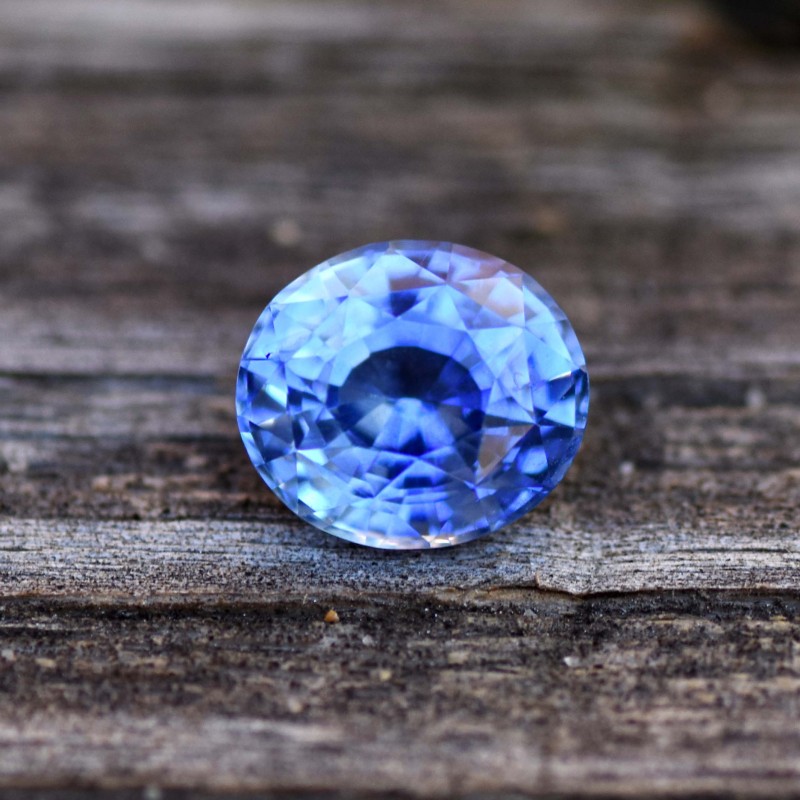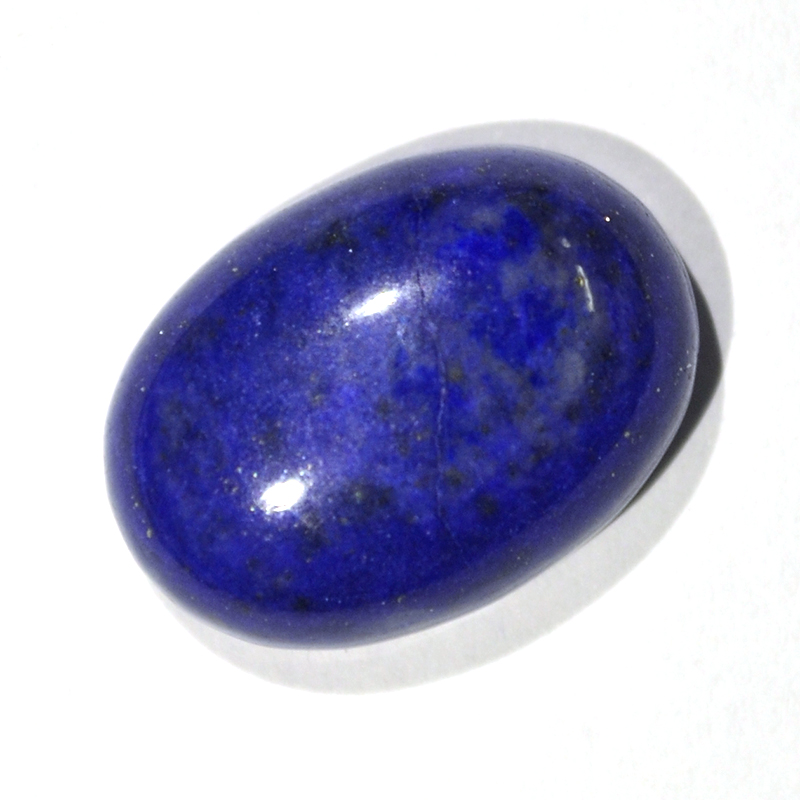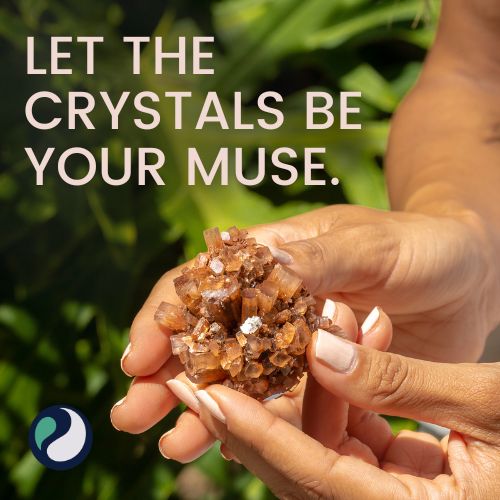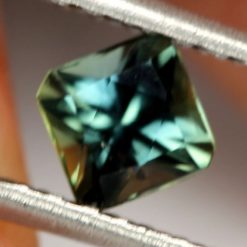No products in the cart.
Gemstone Information
Gemstones By Value – A Full Comparison Of Gem Prices And Value
There are more than 200 varieties of gemstones in the world. The more popular varieties — diamonds, rubies, emeralds, and sapphires — fetch prices that reflect their high value. On the lower spectrum are affordable gemstones like peridot or citrine. What makes one gemstone more valuable than others? Factors like the gemstone type, color, cut, and clarity all weigh into the gem’s overall value. In this article, we’re comparing gemstones by value, from the most valuable gemstones to the most affordable. First, we’ll take a look at the way we value gemstones, and then we’ll get to the gemstone valuation. Let’s get started.
Factors That Influence A Gemstone’s Value
Gemstones are priced by many factors, and as you can imagine, the prices vary from top-dollar to budget-friendly. We want to better understand how to value a gemstone so that we can see why certain gems are pricier than others. With that in mind, here are ten factors to consider when valuing gemstones:
- The type of gemstone – Precious gemstones like ruby or emerald will be more valuable and expensive than quartz or amethyst.
- Colored vs. colorless gems – Color is perhaps the most important factor of pricing a gem because the most desired are deeply saturated and vivid. If a gem is lighter in color, it’ll typically be less expensive. Pricing gemstones by color is tricky because the spectrum is so broad. When valuing a gemstone, we look at the hue, tone, and saturation of the color. For example, a richly saturated sapphire gemstone will be more expensive than a light-colored one. There’s a multitude of variances between gems and their respective colors, but typically, the deeper and more vivid the color, the higher the value.
- Clarity – The more inclusions (flaws) that a gemstone has, the lower the value. Gemstones that are eye-clean, meaning there are no visible flaws, exhibit the best brilliance, and thus, demand the highest price. Diamonds with excellent clarity are most often expensive because of their popularity and the sparkle they exhibit.
- Carat weight – Despite popular belief, carat weight is not the most important factor of gemstone value. With rare or precious gemstones, the higher the carats, the more expensive. However, lower-value gems like quartz can be fairly heavy and affordable. Sometimes a heavier carat weight works against a gemstone if there are visible inclusions. In this case, you could get a lower-grade diamond or sapphire with a higher carat weight for less than a higher-quality, smaller stone.
- Cut and polish – A skilled gem cutter will remove any weight that contains inclusions, and leave only the cream of the crop. Ultimately, the facets (cuts) of the gem should be clean and well-polished to be valuable.
- Shape – A gem’s shape has a heavy influence on its value because it signifies what’s in demand. For example, raw diamond shapes are all rage right now, but decades ago, they were virtually obsolete. Round brilliant-cut gemstones are always the most valuable because they take precision to retain the best parts of the stone without losing excessive weight.
- Treatments or enhancements – As a general rule of thumb, treated gems always have a lower value than natural gemstones of equal size, color, and clarity. That said, most gemstones are treated to enhance their appearance. Untreated gemstones of the highest quality are typically far too expensive for most buyers, unless if you choose a lower-value gemstone, like garnet or spinel.
- Origin – The quality of a gemstone isn’t always contingent upon its origin, though strategic marketing will lead buyers to believe otherwise. For example, Burmese rubies fetch a higher price, not necessarily because they come from Myanmar (formerly Burma), but because they are an extremely rare gemstone.
- Popularity – Prices of gemstones are only worth what the market is willing to pay for them, and that’s where popularity plays a large role. A gemstone trending now, for example, pink diamonds, is going to be more valuable because it’s in demand. Unfortunately, trends come and go, and the value of a gemstone will heavily relate to its popularity in the market.
- Supply chain – Buying gemstones online is a great way to cut out overhead costs of buying from a jeweler. In many cases, the more hands the gem touches, the higher the price will be to accommodate the brokerage and distribution fees.
That covers all the details that categorize gemstones by value, now let’s get to the comparison!
The Value Of Gemstones In Order
Keep reading for a full comparison of gemstones by value, from the top 5 precious gems to the cheapest gemstones. Below, we’ll list the value of gemstones in order and price per carat. Keep in mind that these are loose estimates, as all of the above features greatly influence each and every gemstone’s value. Because every gemstone is unique, a general value is a loose figure, rather than a hard and fast price. It’s best to thoroughly inspect every gemstone before you make a purchase, and be mindful that the prices for gemstones are incredibly varied. Let’s take a look at gemstones by value and their average price per carat.
Most Valuable Gemstones
This category includes the top four precious gemstones, and they will typically always have the highest value in the market.
- Diamonds: $4,500-$6,000
- Ruby: $4,625
- Emerald: $500-$1,100
- Sapphire: $450-$1600

Affordable Gemstones By Value
Each of the gemstones on this list is more affordable than precious gemstones, but range from cheap to expensive, depending on the quality of the gem.
- Spinel: $200-$500
- Aquamarine: $100-$200
- Opal: $60-$100
- Amethyst: $15-$100
- Turquoise: $10-$100
- Peridot: $50-$80
- Agate: $5-$100

Cheapest Gemstones By Value
In general, these are your budget-friendly gemstones that are widely available and affordable.
- Amber: $50-$60
- Lapis Lazuli: $20-$50
- Jade: $10-$100,000 (this stone is both high value and low, depending on the type of jade)
- Quartz: $8-$65
- Citrine: $10-$30
- Jasper: $2-$5

The Gist On Gemstone Value
There you have it! We’ve covered the complete comparison of gemstones by value. As you can see, the spectrum of gemstone value is extremely vast. Qualities like carat, cut, clarity, and color massively impact the value and price of a gemstone. Keep this list handy to help you make informed decisions when you buy gemstones online! Happy shopping!














What about tourmaline?